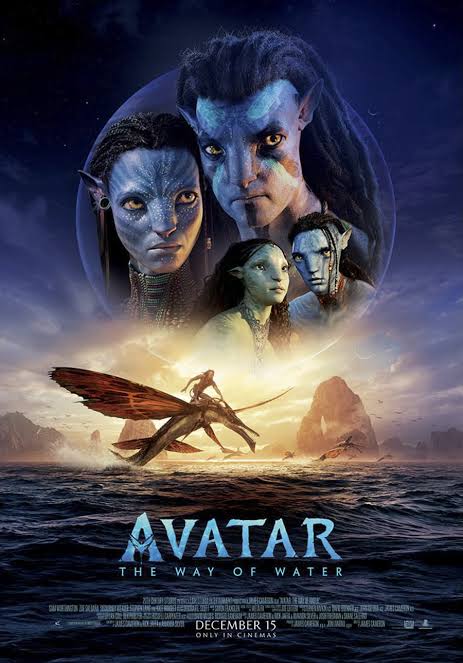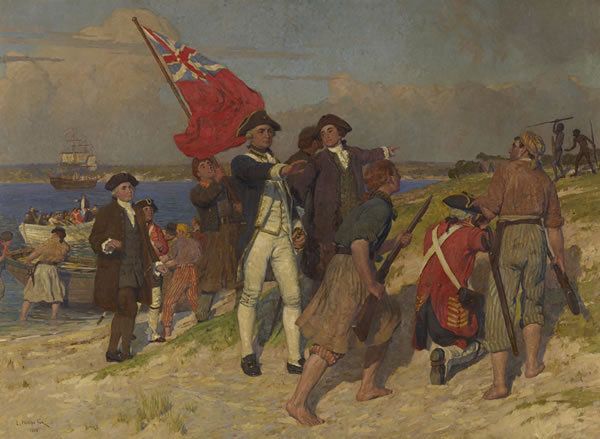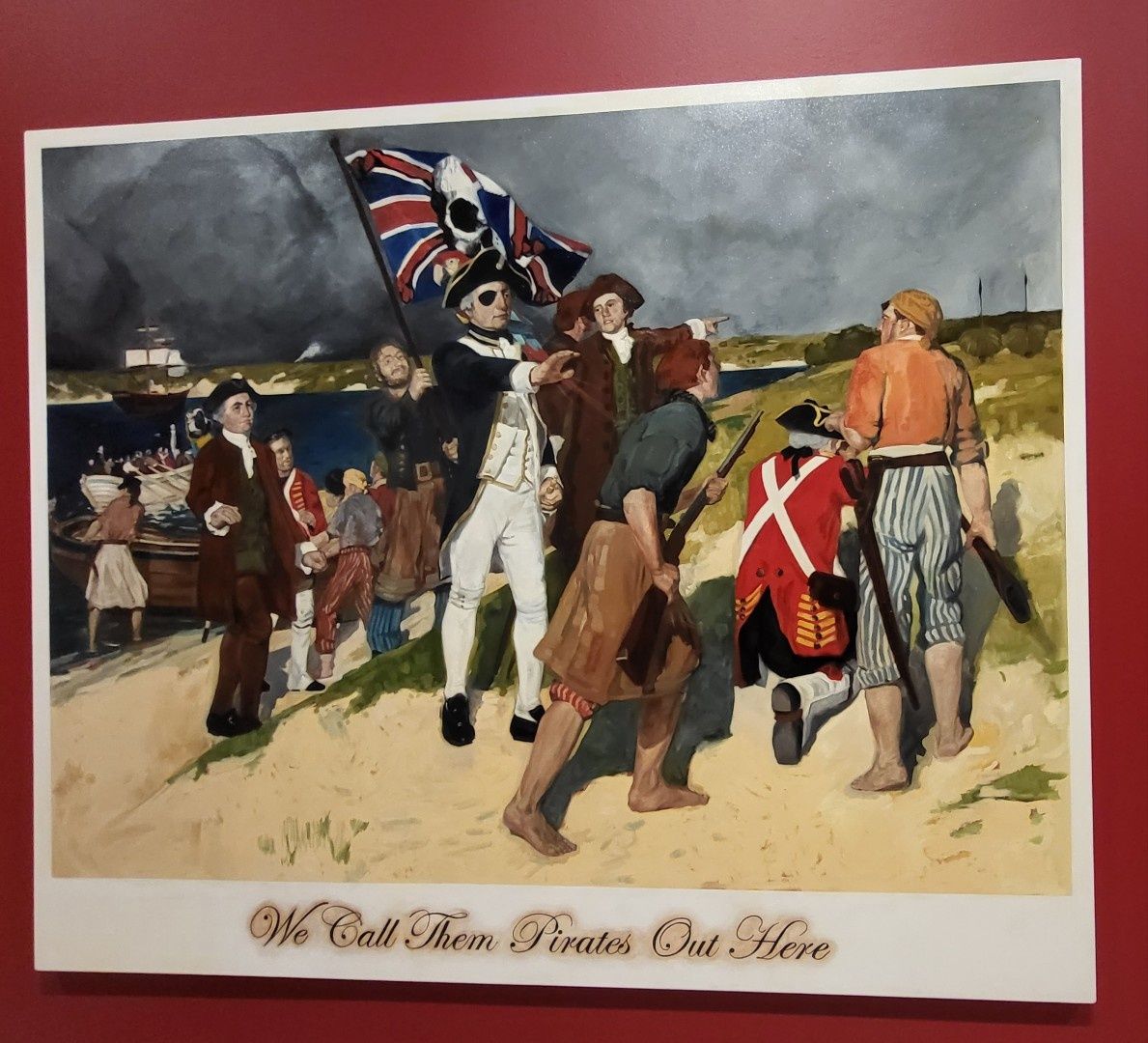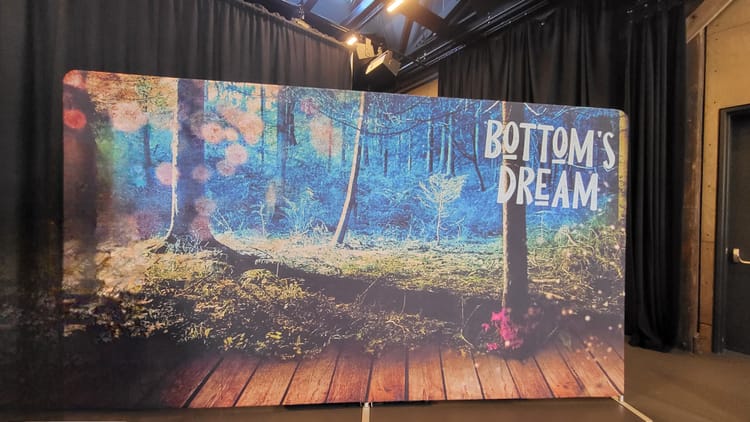Avatar 2

BY MOVIE CRITIC EIN SHIN
The long-awaited phenomenal movie has been released recently blasting movie fans to the cinemas: Avatar 2. Growing up as a fanatic of science, nature, and exploration, James Cameron became the first person to examine the Titanic’s interior and exterior: an extraordinary and unprecedented feat indeed. As well as simply 'cruising' the Titanic, Cameron lived on to direct the classic blockbuster film. Most movie critics agree if there is anyone who conceptualises the grandest water-based films, that person should, undoubtedly, be James Cameron. Cameron’s penchant for adventure was confirmed when he himself conducted a forensic study on the Bismarck wreck site. He insists that at the age of 15 he cried when a space shuttle – in person – took off from the Kennedy Space Center. Shall we dive into one of Cameron’s most recent movies?
Possibly the most marvelendid film Cameron has directed yet, Avatar 2 is a water-based film unlike the first movie. It begins with the RDA, as they tear through forest by forest, and lacerate trees in Pandora, mercilessly shaping the beautiful forest into destruction, in search of the protagonist, Jake Sully. Jake Sully and his family flee to a “temporary” surrounding: a charming, ravishing, and thriving seaside village residing(or nested) with a variety of marine animals, plants, and colorful skimming skimwings. The community is also a household for the main marine creatures, Tulkens. Though they may be alien to you, they are in the slight and elegant shape of our whales. And (,oh,) how exquisite and tranquil the water is! It seems like a complete utopia and paradise to be living in this settlement. How irresistibly peaceful!
As flawlessly depicted in Avatar 2, human cruelty poses as an insurmountable unwelcome problem. James Cameron perfectly portrays this when the RDA inhumanely hunts Tulkens for their brain water which is the source of anti-aging potions worth 80 million dollars. Just one tiny drop of this “priceless” brain water. And the body? Dumped. Neglected. Discarded pitilessly. This process more or less follows the shark finning process and also evokes the Australian aborigines. Colonisation can be referred to the “discovery” of Australia when the First Nations suffered from innumerable massacres and mind blinding torture. Otherwise, it would be the nightmare epoch of King George III.


Boom! Rata-tat-tat! A relentless and devastating battle between the RDA and Sully has broken out. As both sides scramble to reload their weapons, a Tulken slams into the RDA’s colossal ship. REEEEEEEEE! Sully and the villagers take advantage and climb onto their skimwings. These wonder creatures can swim and soar above the air, dive into the water for cover, and repeat it effortlessly. As the RDA’s ship crumbles, multiple robot crabs and submarines exponentially launch, summoning the Terminator invasion. A number of AMP suits and RDA soldiers have also been dispatched to guard the deck. Nevertheless, their efforts are futile and the ship gives one last groan before ultimately eliciting the tragedy of the Titanic: sinking slowly into the waves.
James Cameron explicitly conceptualises human greediness is immoral and should never be resurrected from the crumbling and old graveyard. Avatar 2 also conveys innumerable messages but the main being colonisation. On top of that, co-existence with marine life proves necessary as shown in Avatar 2: if marine life and ecosystem suffers, we will surely be more jeopardized than we are now. Although the Avatar franchise was introduced to the world in exceptional 3-D mode, I believe the plot is more outstanding than 3-D. Lest they never continue the mistakes again.





Member discussion